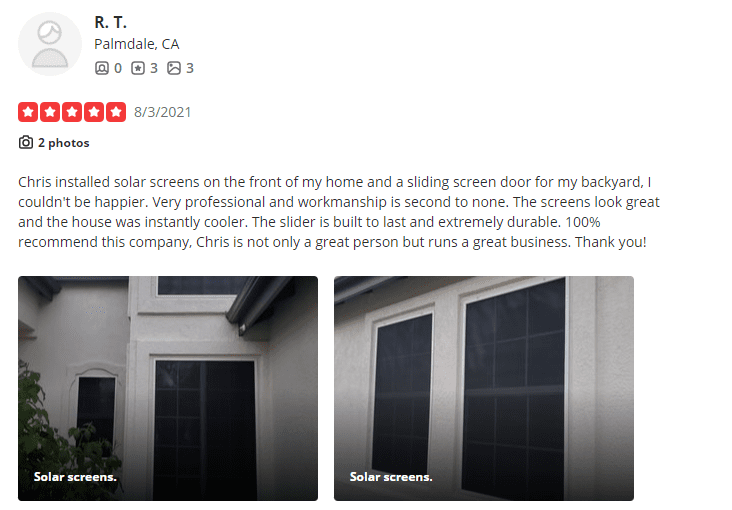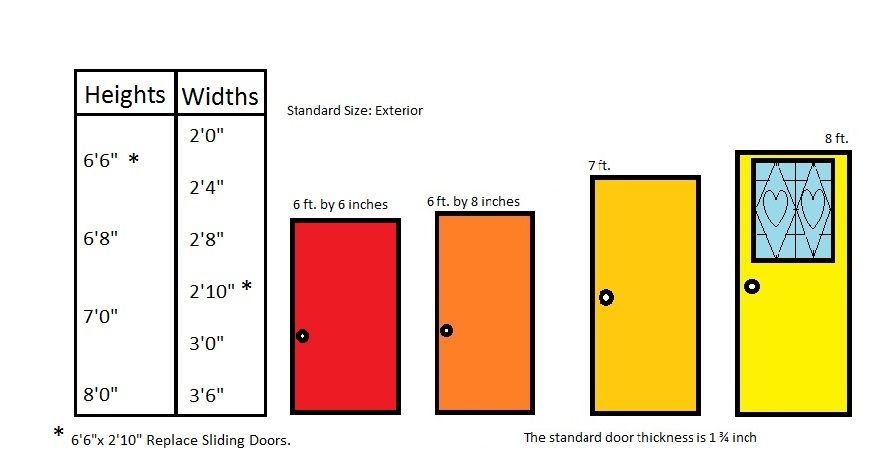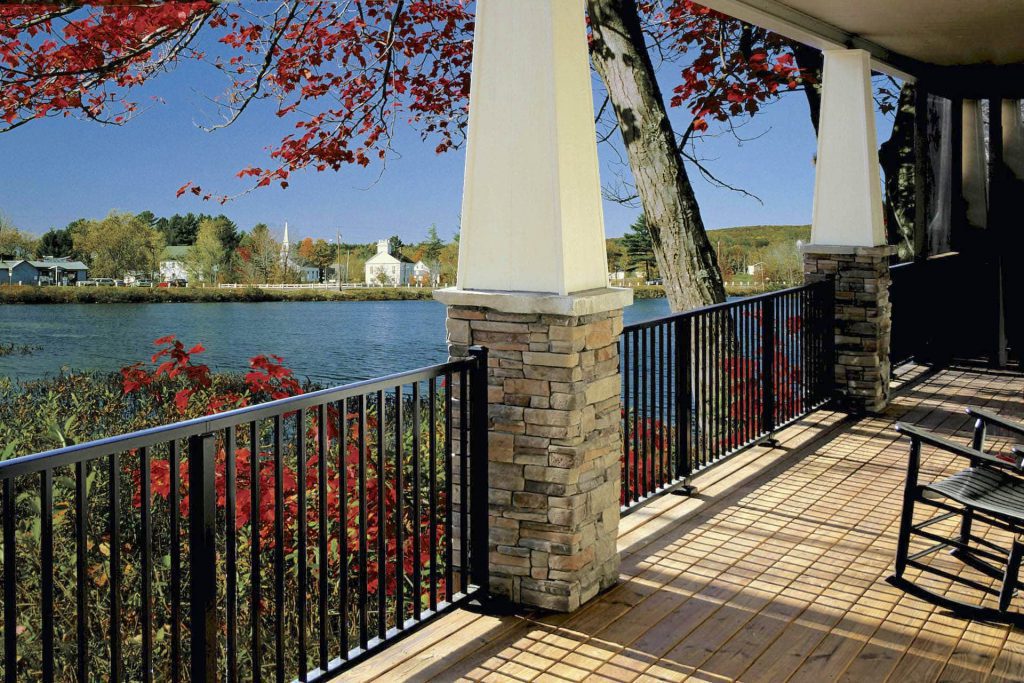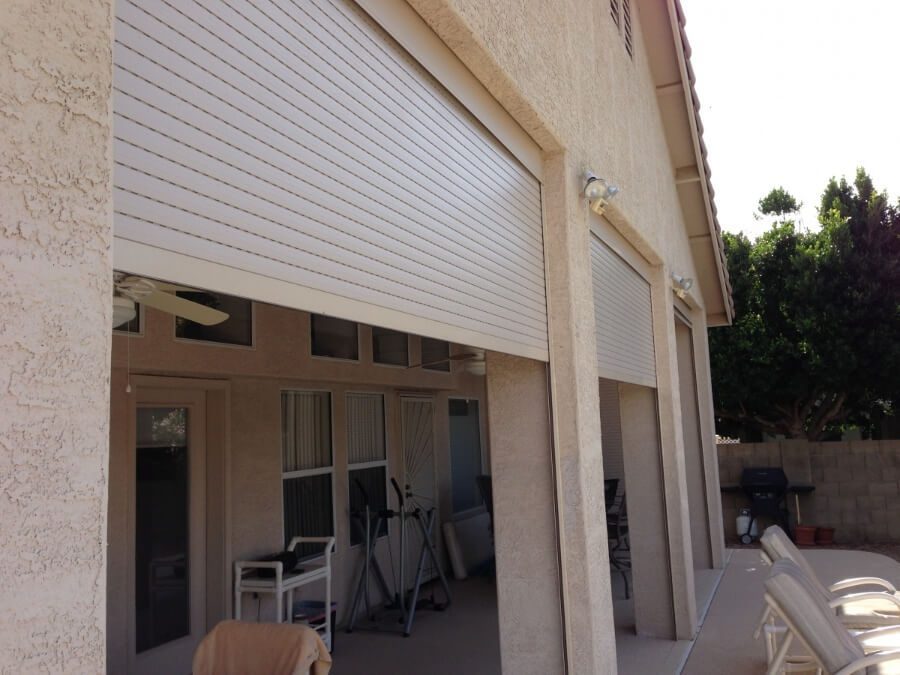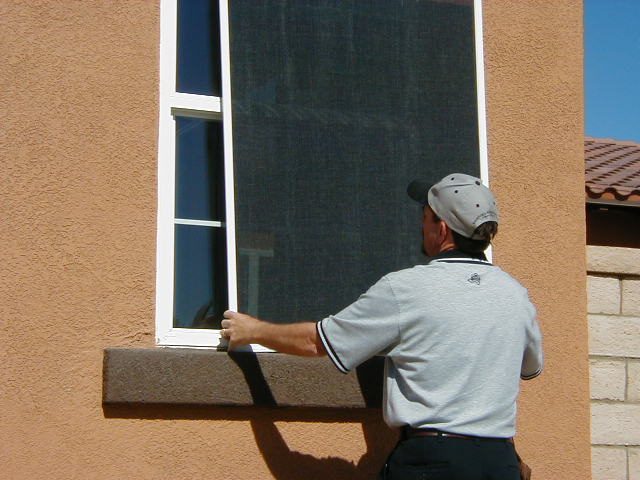
How are Window Screens Energy-Efficient?
Have you doubted the energy efficiency of window treatments? Are you not yet thoroughly convinced about how much you can save by choosing appropriate window screens for your climate?
Yes, window screens can be energy efficient.
Yes, window screens can save hundreds of dollars on your heating and cooling bills.
No, you don’t need to forgo curbside appeal or interior design when choosing energy-efficient window screens.
We have been in this business for over 40 years, covering 31 states. Our customers have shared with us how they save money with their window treatments, whether in hot, sunny climates or cold, temperate climates.
Read on to discover more about energy-efficient window screens.
What type of window treatments boost energy efficiency
There are two ways to increase the energy efficiency of your home via your windows, saving money:
- Exterior: Reduces the most amount of heat gain because it stops up to 90% of the UV rays hitting the glass, thus stopping the heat from transferring through the window.
- Interior: Reduces some of the heat gains from the window, but the UV rays still hit the window creating an energy transfer.
About 30% of the heat generated in your home enters through your windows. So whether you have an HVAC system or a whole house full of fans, you’re almost literally burning money if you don’t invest in adequate window coverings.
Here’s a list of 6 different types of window coverings you can select from:
Drapes:
Curtains are a great option if budget is your primary restraint. They are fully customizable, can be homemade, and will match your interior design flawlessly. They cover your whole window and frame, reducing the percentage of heat escaping.
Cons:
- They do not reduce your heat gain as much as solar screens
- Dogs love to play with them
- They’re not fixed, so coverage isn’t consistent
- They gather dust and dirt, especially heinous for a household with asthmatics.
Window Blinds:
Slatted blinds are trendy in kitchens and bathrooms. They offer privacy while open easily to let fresh air in (or smells out!) You can control how open they are between the slats or just raise the whole blind.
Cons:
- The pulley system and strings get easily knotted
- Cats LOVE to play with the strings
- Slats can break individually, creating a messy look
- Needs constant cleaning
Solar Screens:
These energy-saving window screens are best if you live in a hot climate with more year-round sun; states closer to the equator. They reduce solar heat gain, especially if you choose exterior window shades. This decreases your dependency on air conditioning, insulating your pockets with more cash.
Cons:
- Exterior shades are very obvious
- Bothersome having to remove them every fall, so remain semi-permanent
- Storage during the winter months
NOTE: Avoid the cons of storage and removal by looking at a motorized or retractable option. More details below
Storm Screens:
Solid and durable screens can withstand strong winds and heavy snowfall while offering a mesh that can reduce sun glare. With these screens, you won’t need to have your heating on full blast and won’t feel (or hear) the chill slicing through your home.
Cons:
- Expensive
Retractable Screens:
Great for more oversized windows and doors. Retractable screens are there when you need them and out of sight when you don’t. Easy to open and close with one hand or with the push of a button – they’re kid and pet-friendly and easy to maintain.
Cons:
- Not possible for every window type
- Expensive
Window Film:
Cheap cosmetic window coverings that protect some of your privacy and reduce sun glare.
Cons:
- They aren’t energy efficient in winter or summer
- They do not block gaps
- They do not reduce solar heat gain as much as solar screens
- They chip and peel after a short period
As you can see from the list above, quite a few different options exist.
How solar screens save on cooling bills
Solar screens, or other window treatments, were created to add Daytime privacy and save on cooling bills by reducing solar heat gain coefficient (SHGC). Typically, when solar radiation (Sunlight) hits your window panes, it passes through your window and transfers into heat. This makes living spaces unbearably hot and stuffy during the day. Solar screens offer a physical barrier, reducing the sunlight and heat that hit your window and move into your home.
If you’re used to running the air-conditioning all day and night just to keep the house comfortable, installing solar screens significantly reduces this dependency. When you get home, your home will be considerably cooler than outside. Of course, you won’t get that constant blast of cool air, but you’ll save loads.
How storm screens save on heating bills
Wooden frames expand and contract depending on the season; it’s natural and unavoidable. Most window and door frames are wooden; you do the math. In winter, the wood contracts, creating visible gaps along your window and door frames.
You can stuff the gaps with newspaper or caulking, but the most sustainable effort is to purchase a screen that will cover the whole window, frame included. Storm screens are known to block cold air from sweeping in uninvited or stop precious heat from escaping. Reduce your heat loss, and save your money.
Your window of opportunity
Save the planet and your pocket in one fell swoop and install energy-saving window screens. Whether blocking the heat and sun or keeping the nasty cold out of your home, choosing suitable screens can make a huge difference. You can DIY it or call your local Screenmobile: we come, we measure, we cut, and install. We customize every aspect for your own needs.
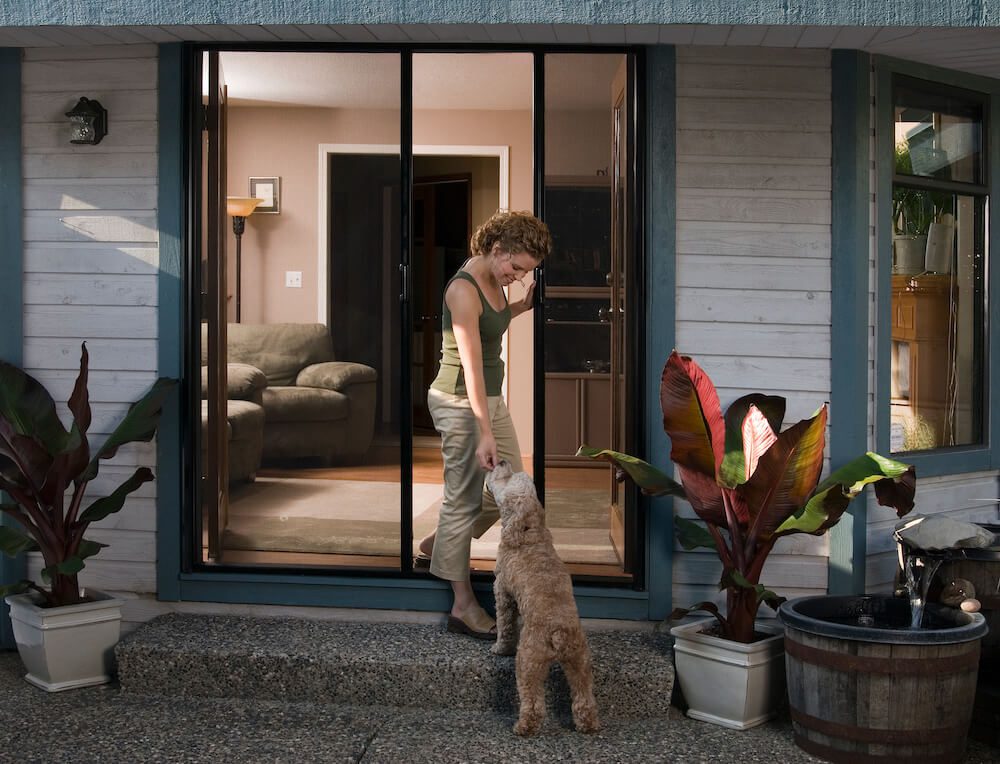
How to Pick the Right Screen Door: Types, Material, & Use
You’ve decided that you’re installing screen doors in your home. Excellent choice. Now all that’s left is choosing the best type of door to suit your home and needs.
There are many options out there, which can become overwhelming. That’s why we’ve created this screen door guide – to help you make a sound decision.
Screen doors are investments – they add value to your home, including other solid benefits like security and safety. Select the correct door, frame, material, and color to suit your needs, family, home, and neighborhood.
Keep on reading and choose your screen door today.
Different types of screen doors
Screen doors have evolved over the years, and many modern screen doors exist to complement your lifestyle. To quickly outline the different doors available:
-
- Security doors
- Pet resistant doors
- Storm doors
- Sliding screen doors
- French doors
Security doors: these are solid and impenetrable doors that fit over your entryway. They have fortified locking systems and come with a mesh resistant to knives (if you choose mesh). Otherwise, your security screen door can have a glass or metal pattern finish.
Not only will they prevent burglars from entering, but with one look, they’ll also deter would-be burglars from even trying. Customize your security door to complement your home’s decor, boosting curbside appeal and adding value to the resale price.
Pet-resistant doors: pets always create a divide in the family: do we leave them indoors or outdoors while we’re away at work? Installing a pet door is the perfect solution. It allows your pet to remain independent without scratching, barking, or ‘indoor accidents.’
If you have indoor-only pets, then you might not like the idea of a doggie door. However, you don’t want them running out whenever you’ve got the door open or tearing your screen whenever a squirrel runs past the house. Pet-resistant screens have a hardier, more durable mesh.
Storm doors: doors and screens built to withstand strong winds, heavy snowfall, and harsh weather conditions. For example, there is no weather-based need to get a storm door if you live in most places in California – it’s an unnecessary expense for such a mild climate.
These doors cover your main door entirely and can be customized. If you’re unsure whether you need a storm door or not, contact your local Screenmobile. We could be the solution to the wind whistling throughout your home or the endless draft you get in the winter. If that wind can get in, it’ll start knocking things over and weaken your main door when it gets stronger.
The standard screen door
This type of screen door is your best friend. It’s reliable, dependable, and does the job exactly as it should. These doors are mass-produced with standard American home door dimensions.
If your home is more than a few decades old, don’t be surprised if your door measurements don’t conform with the standards. Building regulations and codes are updated every three years, but remember, they’re not laws, more like guidelines.
Custom screen doors
Customizing your screen door is the best way to reflect you and your decor. You can choose the materials and fabrics you want, the shape of the door, and the dimensions. Even the color and design of the metal-decorated exterior, if that’s what you choose.
Screenmobile thrives on custom screen doors and is more than happy to escort you to selecting the door type that suits your home, family, and needs.
Luxury screen doors
Let’s give custom screen doors a one-up and go total luxury: motorized screens, retractable screens, screens where you keep your view, but no one can see in.
Choose lavish and intricate designs, use the best material, and hook your screens to an app!
Of course, these are the most expensive screen door types, but they will add massive value to your home.
Choosing the best screen door type for your home
There are five main factors to consider when deciding which type of screen door you need for your home.
- Location
- Space
- Climate
- Primary uses (listed above)
- Budget
Answering these simple questions is a great way to get the ball rolling. However, our Screenmobile representatives will be more than happy to help you with this process and more.
Question One: Where are you located? Are you in the city or the country? In a built-up area or secluded?
Question Two: Is your door space large or small? Are you interested in double french, sliding, or standard swinging doors?
Question Three: What’s the weather like? Are you situated in Hurricane or Tornado alley, or beneath the intense glare of the Californian sun, for example?
Question Four: Why are you installing a screen door? Check out the different types above for guidance.
Question Five: How much do you have to spend? And remember, this is an investment, not an expenditure.
Take this case study, for example, from Bob Driscoll.
| Question | Answer | Door Type |
| Location | Colorado | Storm Door |
| Space | Restricted | Single door |
| Climate | Cold, heavy snowfall | Storm Door |
| Primary Uses | Prevent drafts and keep pets indoors | Storm door with pet-resistant screen |
| Budget | $500 | Standard version |
What he needs is a standard single storm door with a pet-resistant screen.
Try it yourself; it will save heaps of time.
Knock, knock, who’s there? Screenmobile!
Find the local Screenmobile in your area and contact us today with your project details. Our technician will punctually come to your home at an appointed time and discuss your project with you. They’ll advise you on the best choice within your budget and according to your decor and needs.
We measure, build, and install, and you enjoy the benefits of the perfect screen door type for your home.

All About Home Window Sizes
The beauty about building your own home, or adding an extension, is being able to choose your window size. Yes, not all home windows measure the same. There are, of course, averages, but following them is not essential.
If you’re worried about window coverings, like drapes and screens, then push that headache aside–window coverings are primarily customizable. With Screenmobile, it is the case, anyway.
If you’re looking for information on the different types of windows and home window sizes, you’ve come to the right place. We consider ourselves window experts, and we’re more than happy to share our knowledge with you.
What is a standard window size?
Standard window sizes vary but within set limitations. It’s easy to order window replacements from the likes of Lowes or HomeDepot. Window screens are readily available, with drapes and fabrics already cut to size, facilitating your interior design and shopping needs.
However, no two detached houses are built the same (to an extent). Your house may be similar to the Smiths down the road, but don’t you want your home to showcase some uniqueness? A great way to have your home stand apart from the neighbors is by choosing different window sizes.
How to choose a window size for your home?
Four factors to consider when deciding what window type and size to install in your home are:
- Space available: Windows that open in or out need more space. A small room could benefit from higher windows, and a large room could benefit from a picture window.
- Orientation of the room: North-facing rooms should have more oversized windows to let in more natural light.
- Energy efficiency goals: Triple-glazed windows are the best for home insulation and bill reduction, but do the windows you envisage come in triple glazing? You should also consider the solar screens you’ll install (although Screenmobile provides custom screens).
- Budget: Cost is often the deciding factor when it comes to home renovations, but consider it an investment rather than an expenditure without return.
Window size measurements
When measuring for your new windows, it’s good to know that you should always add half an inch to the height and width for ease of installation. Windows also follow a four-digit notation: width (ft/in) height (ft/in). So, a window that measures 45″ x 45″ will be noted as 4545.
Energy Efficiency of Windows
Between 25%–30% of residential heating and cooling costs are attributed to windows. If you want to cut the costs of your bills, then you should be looking at insulating your windows. Achieve this by installing double or triple-glazed window panes, choosing the correct window treatments and the best window frame, and ensuring that windows fit cozily without gaps bordering the frame.
Single, Double & Triple Pane Windows
This is about how many panes of glass are in your windows. It’s very rare to come across single-pane windows in modern homes. Windows are one of the first areas that are improved when wishing to insulate your home and have it rank higher on the energy efficiency barometer.
Another way to say this is single, double, or triple-glazed windows.
Different types of windows
So now you know what size window you want/need, have you thought about what type of window you desire? Of course, there is a choice, there is always a choice, and we have the pleasure of listing them out here for you:
Double-hung/Sash Windows
These are windows where both sashes open vertically and tilt for cleaning and ventilation purposes. Single-hung windows are more common in older buildings. The double-hung windows are a much safer option when you have kids, as you can slide down the upper sash to ventilate your home rather than leaving the bottom sash dangerously wide open.
Picture Windows
These windows are generally large and can be considered partial wall replacements. They are not functional like traditional windows–they offer the view but do not open. Picture windows are very common in office buildings, restaurants, and homes with amazing views.
Slider Windows
Think double-hung windows on their sides. Slider windows are easier to open and close without lifting or pulling. They come in various sizes so that you can have smaller ones for your basement or larger ones in bedrooms.
Bay Windows
These windows are the most aesthetic in the selection. They offer a nook in your room, adding character and style. It’s a window that juts out from your wall and is paned on three sides, the two sides moving out diagonally. They are ideal for extra seating, storage, and book reading.
To note, bay windows generally don’t open. The middle window is often a picture window, with some side windows operating as casement windows.
Casement Windows
These windows operate like doors. They are attached with hinges and open out. Not convenient if you lack exterior space or are prone to strong winds and storms. Modern casement windows operate with a crank, making them easier to work.
Awning Windows
These are windows that open out at a slant. They offer more privacy as the window isn’t fully opened while promoting natural light and ventilation. Awning windows are commonly found in bathrooms and on mobile homes.
Custom Window
Be unique and choose your own window style and shape. You don’t have to decide on an average window size, and most window companies offer customized services. You can have any opening fitted with a window, with functions of your choosing.
Different window covering types
Regardless of the type of window you choose, its size, orientation, and shape, award-winning Screenmobile have you covered. We provide custom screens with various colors and fabrics to choose from; no need to worry about finding window treatments that fit!
Find your local Screenmobile and get your unique windows the perfect screens.
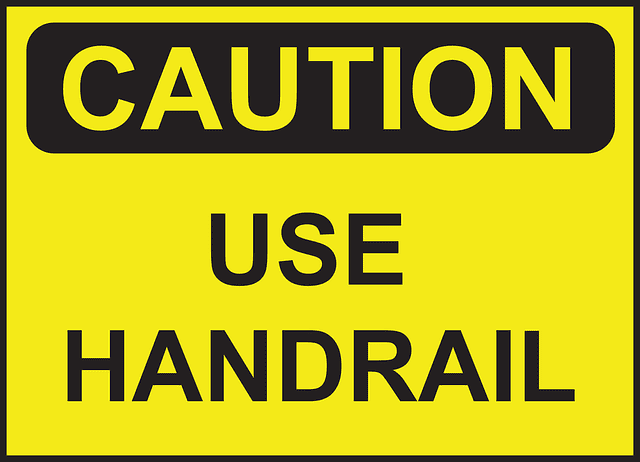
Six Types of Outdoor Handrailing
Handrails for outdoor steps are a convenient and safe feature to add, aside from the fact that the law often requires them.
They facilitate the mount and descent of your exterior steps for your elderly family members and friends, help kids keep their balance, and add value to your home. Well, if you choose the correct handrail to boost your curbside appeal.
You don’t have to pick the standard handrail available at lowes or HomeDepot – get creative, use a theme, and choose the material that matches your home.
Read on to discover Screenmobile’s favorite outdoor handrailings.
Exterior handrail codeBefore we go any further, it’s best to state now that there is a government standard requiring handrails for external steps that are a means of egress. Even if your step has one riser, you are required by US law to install a handrail if the route is a means of emergency escape. Non-compliance with the law can result in fines, and if there’s an accident, it can be very costly to your home insurance premiums. |
Exterior handrail ideas:
You can install different types of handrails for your outdoor steps. Metal railings are the most common for concrete steps, with wooden or cable fences reigning for decks.
But you decide for yourself what works best for your home and budget. Invest in stylish, long-lasting support unless you’re installing a handrail for absolute necessity.
We hope this list helps you make the right decision!
Metal Railing
Steel railings are the most popular for emergency exit outdoor stairs. They are solid, sturdy, and can suit any height.
Choosing galvanized steel will increase the longevity of your stairs.
Forged Iron Railing
We love these classic railings that are both practical and decorative. They can be bought ready-made or have custom-built handrails, following a design of your choosing.
To keep them in top shape, dry off the railings after rainfall, but if you spot some rust, here’s what to do: douse the area in kerosene, then scour with steel wool.
Vinyl Railing
Vinyl is a synthetic material often abbreviated as PVC. Vinyl is everywhere – flooring, clothes, records… and handrails. There are many reasons to choose vinyl, including low cost and environmental impact. You can choose different colors and shapes without worrying about humidity or moisture.
Wood Railing
Wooden handrails are the perfect choice to complement a wooden deck.
You might decide to close off the whole decking with a railing or include some handrails to facilitate climbing up and down the steps.
Having some sort of railing for your outdoor deck is a good idea. If you intend to entertain people in the evenings, handrails and border railing help prevent falls in the dark. You can also decorate them with outdoor lights.
Maintain your wooden handrails with sealing and varnish.
Glass Railing
Think glass paneling, think chic, think Hollywood hills, or your own backyard if you have the budget. This handrail option looks the best, but a lot of maintenance is involved in keeping it clean; however, if you have a killer view that your want to keep, go for a glass handrail!
Cable Railing
These are stainless steel cords of metal, taut, and wound together to fit between the bars of your rail. Cable railings are very handy for steep steps, and you can install them on different levels to accommodate different heights.
Standards for handrail heights
According to OSHA, Occupational Safety and Health Association, a handrail height must not be lower than 42 inches in height. Since January 2017, handrails now require a top rail. The top rail must reach at least 42 inches, with the secondary handrail measuring between 30 to 38 inches.
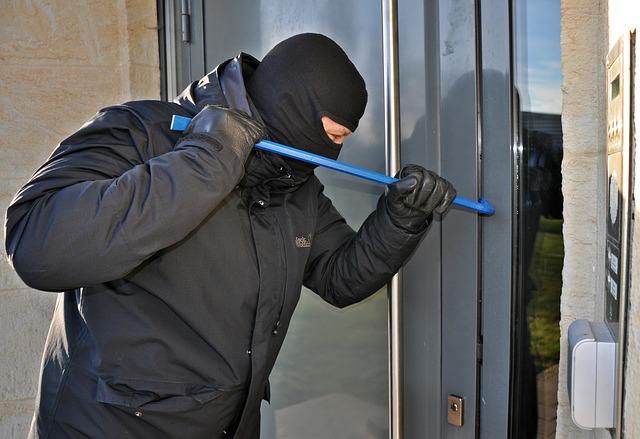
Is a Security Door Worth it? Our Security Door Buyers Guide
Deciding to install a security screen door instead of a regular one can be an emotionally trying choice. It’s more costly, true (more on that below), but it’s an extra layer of protection for your family and belongings.
You might think a security door is not worth it, that your neighborhood is safe. And that’s a risk you must take and live with.
We’ll help you make your decision with a clear conscience–regardless of whether you choose a security screen door.
What is a security door?
First, a little background on security doors. You know what storm doors are, if not from TV, then from your neighborhood. Storm doors are the cornerstone of American households, protecting families from harsh weather conditions since the Civil War.
Storm doors have certainly evolved since the late 1800s, one of those products being the security door. Of course, not every household needs a storm door; not everyone lives in Hurricane or Tornado Alley. But the extra layer of protection they offered was a feature other families went for.
Security doors a commonly found in two different styles:
- Stainless steel or aluminum frame
- Decorative or plain
You can keep your aesthetics and curbside appeal and still benefit from the many advantages security doors bring:
- Element of home security
- Resistant to intruders
- Supports Ventilation
- Prevents flying insects and critters
- Keeps kids and pets indoors
- Doubles as a solar shade
Pros and Cons of security doors
To save you the headache of figuring out if security doors are worth it, we’ve created a pro/con list for you. It might even answer some questions you didn’t consider asking!
Pro: Security
It’s all in the name, really, but security is a huge pro, especially if you’re fearful for the safety of your family and belongings. Security doors have stronger frames (stainless steel or aluminum) that can withstand forced pressure.
Security doors fit over your regular door, so you have a double locking system, including the doubled door benefits.
Also, to note, security doors work as a visible deterrent. A burglar is less likely to attempt breaking into a home with a security door, not wanting to risk extra time, failure, and capture.
Con: Not a DIY project
Many of you are DIY enthusiasts who relish a challenging project. However, security doors are not suitable for DIY projects. You can attempt it, but a warranty won’t cover you.
It’s better to get a trained technician to install your security door to ensure it’s properly fitted and secure. Screenmobile technicians measure and install security doors custom built to fit your home.
Pro: Ventilation
There’s nothing better than being able to leave your front door open to let a cool breeze flow through your home on a hot summer’s day. Now you can leave your door wide open and not risk pets escaping, children running out into the street, or opportunists taking advantage of your open-door vulnerability.
Many security door designs have mesh screens applied to allow home ventilation. It will help keep energy bills low, too.
Con: Price
Budget often takes priority with major household expenditures. It’s true; security doors are more expensive with heavy metal frames and multipoint locking systems. You need to weigh up your personal need for a security door.
- Do you live in an area prone to burglary?
- Is your home often isolated?
- Or perhaps only one person is present during the day?
- Do you have valuables locked away?
Although a security door cannot fully replace a home security system, it’s cheaper to maintain with a one-time purchase.
Pro: Weather deterrent Options
As mentioned above, some styles of security doors are evolved storm doors. You get the same weatherproofing benefits, insulated from cold air and wind while cutting your energy costs and protecting your family.
Con: Possible Corrosion/Rust
If you live in a region with heavy rainfall, you would think that corrosion or rust can quickly occur, regardless of the material you choose. However, with the metals we use and the powdered coating, you can expect years before corrosion or rust appears.
Aluminum: doesn’t rust and can take years to corrode. Salt is the active element in aluminum corrosion, meaning coastal homes could experience corrosion faster.
Stainless Steel: doesn’t rust or corrode. However, prolonged and frequent exposure to heat can damage its strength.
Pro: ROI and Boosted Home Value
Adding a security door immediately increases your home value. You will have less to pay on your home insurance, too. Taking the steps needed to fully protect your home saves you money in the long run, not to think of the valuables that you protect within your home.
Families feel safer in adequately secured homes, so if you’re considering selling within the next ten years, expect a higher price.
At the end of the day, security doors are the responsible choice.
Now that you’ve read through this information, you may feel more confident choosing a security door when deciding to install a screen door or upgrade your current one.
You can reach out to your local Screenmobile franchise and ask them for a quote, including a call out for measurements and door selection and a second call (two weeks later) for a professional installation.
We carry Titan and Vista–leading brands in security doors for homes and commercial spaces.
Give us a call today and have your home secure in a matter of weeks.




